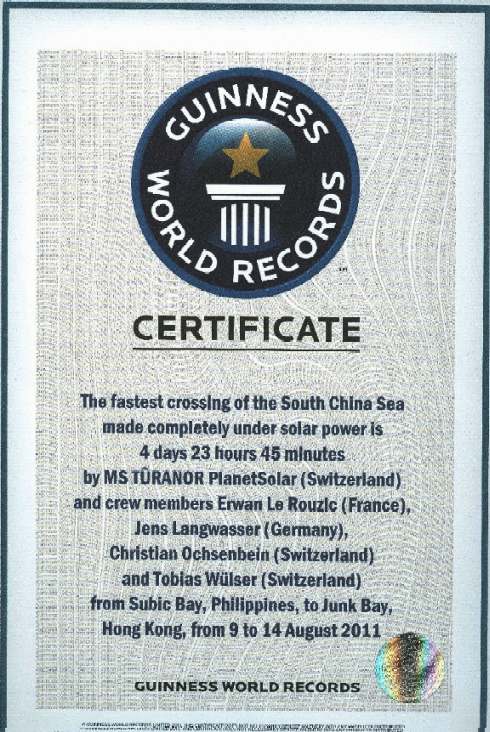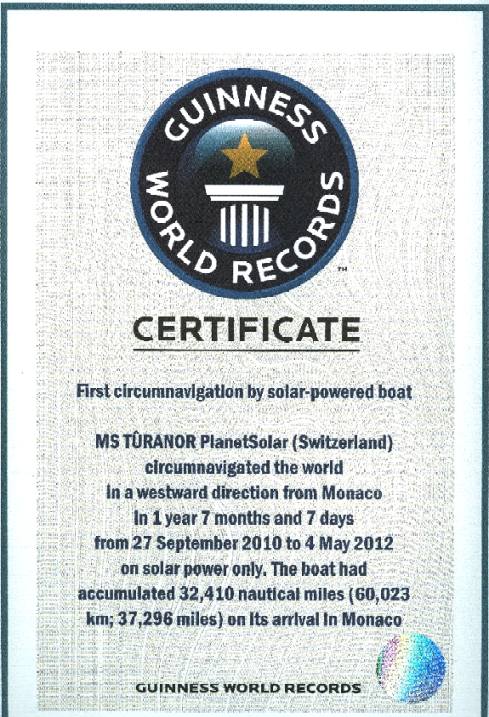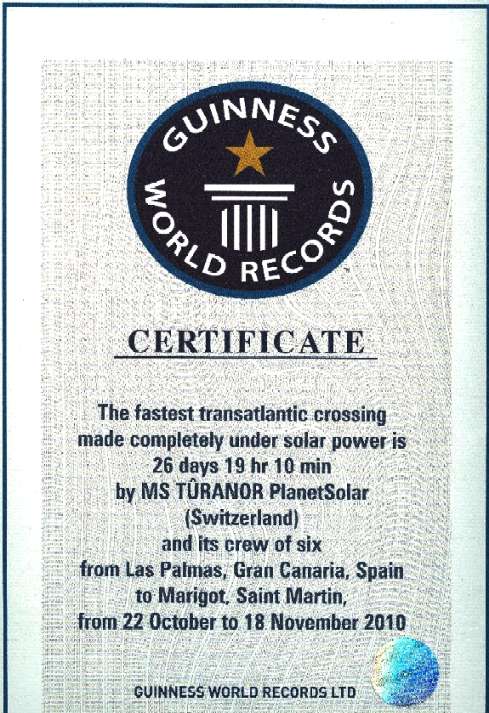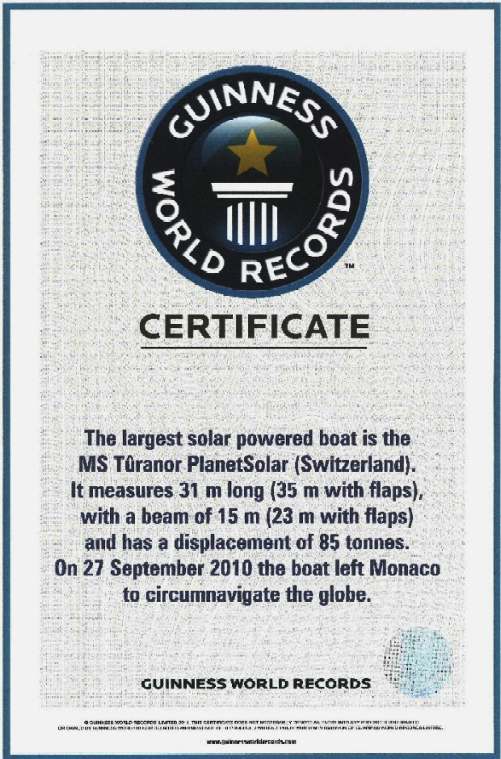|

The
UIM - is the world governing body for power
boats, racing, offshore, aquabike, pleasure navigation
and radio control - contacts:
1,
Avenue des Castelans
Stade
Louis II, Entree H, MC 98000
Principality
of Monaco
Tel:
+377 92 05 25 22 Fax:
+377 92 05 04 60
uim@uimpowerboating.com
www.uimpowerboating.com
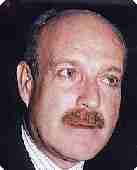
President:
Ralf Fröhling
THE
UIM - ELECTRIC POWER BOATING and SOLAR NAVIGATION
-
UIM
ELECTRIC
RECORD RULES
In
1988 the UIM did not have a class for electric powerboat
records. Realising this, Kevin Desmond approached
Jose Mawet, the then Administrator-Secretary General of
the UIM. Following a meeting of delegates, Phil
Stacey, member of the UIM Sports Commission was asked to
make a formal proposal to create a new class for
electric racing and record breaking. Phil Stacey
was also a member of the RYA Powerboat Divisional
Committee.
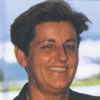
Secretary
General: Régine Vandekerckhove
Council
Accordingly,
on the 11th March 1989 at a General Assembly of the UIM
the following proposal was approved on condition that
"these electric boats are well defined by specific
rules" and should comply with UIM Rule 606.06 which
states: "In speed records, the time elapsing
between the two runs must not exceed 20 minutes or the
attempt is not valid." In the circumstances
described for Miss Nickel Eagle, we believe the time
between runs could be extended to 60 minutes, to at
least equal the turnaround time allowed to refuel land
speed record vehicles.
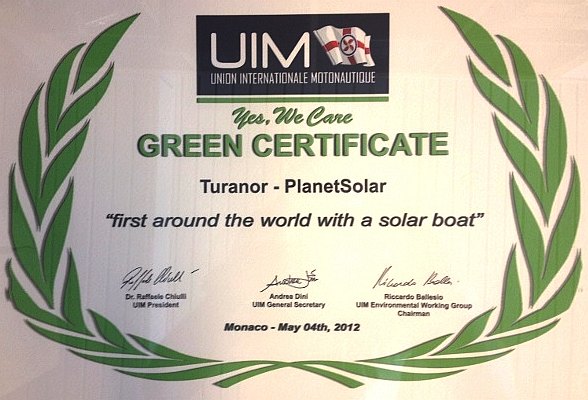
UIM:
OFFICIAL
FORMS
Immersion
test Medical
certificate Fuel
testing Oil
list Application
Superlicenses Logbook
Safety
Cockpits
UIM:
RULES
Statutes
& By-Laws
Circuit
Offshore
Aquabike
Pleasure
Navigation & Radio Command
Guidelines Pro Vee Offshore
UIM:
LINKS
F1
Class
1 Aquabike
Pro F2000
Jetsprint
Powerboat
P1 IOC
GAISF
UIM:
CIRCUIT RACING RESULTS
F1
Results
F2000
Results F3
Results F4
Results F250
Results F500
FR1000
F1000
WC
Endurance
UIM:
AQUABIKE RESULTS
American
Class Pro
CC
Class Pro WC
Class Pro
UIM:
PLEASURE NAVIGATION
WC
Endurance P1
UIM
ELECTRIC NAVIGATION RULES
UIM:
OFFSHORE RESULTS
European
Results
WOC
Results ProVee
Euro Cup
UIM:
JET SPRINT RESULTS
Superboat
Group
A
UIM:
GOVERNING BODY
Contracted
Promoters Honorary
Officers National
Authorities Organigram
UIM:
RECORDS
APBA
World records
UIM
World by category UIM
World by number
UIM:
PLEASURE NAVIGATION
Belgium
Germany
Holland
Italy
Slovakia
Spain
United
Kingdom
UIM:
PUBLICATIONS
Bulletins
Newsletter
Yearbook
(pdf) Press
Clipping
BRIEF HISTORY OF THE
U.I.M.

We
can reliably trace powerboat racing to its origins as
long ago as 1902 when the British formed their Marine Motoring Association. By the following year, New York´s Columbia Yacht Club had formulated a constitution for what ultimately became the American Power Boat Association and the French had formed their Congress of Automobile Boats. In 1903, the French ran a 62 mile circuit race on the Seine at Meulan and the 230 mile Paris to Trouville event while the following year saw a race across the English Channel and an attempt to promote a Trans-Atlantic marathon.
Gottlieb Daimler had been experimenting with single cylinder internal combustion engines in Germany and America´s E.W. Graef developed what may well have been the first deep-v powerboat in the same year that Britain´s newspaper magnate, Sir Alfred
Harmsworth, created what has become the world´s oldest and arguably most famous powerboat racing trophy. In 1907, a small group of motoring enthusiasts had formed the Paris based Internationale Motor Yacht Association and after a change of name to the Association Internationale du Yachting Automobile in 1908, staged races regularly in Nice, Palermo, Monte Carlo, Algiers, Toulon and Arcachon until the outbreak of the First World War. Led by the Duke of Westminster, Lord
Montagu, Baron Henri de Rothschild, Noel Robbins and others, racing prospered in Europe and by 1911, the Americans had clambered in on the act by staging a race from Long Beach to Catalina Island in California.
Contested mostly in boats with vertical stem and flat bottoms which relied more on brute force and ignorance than hydrodynamic efficiency, the rich and famous took their pleasures on the water quite seriously, in an amateur sort of way The involvement of Sir Thomas Sopwith in England and Jack Manson and Gar Wood on the American scene brought a more professional edge to this emerging competition and the Harmsworth Trophy and Gold Cup competitions sparked the public imagination in much the same way as the Schneider Trophy international air races and the latterday Hales Trophy for the Trans-Atlantic Blue Riband did
1917 - The Americans were running ten races a year in locations from Miami to Key West, Palm Beach, Havana and New York but the vagaries and traumas of changing presidents and offices almost annually with its attendant inefficiency had led to the collapse of the European AIYA in 1918, when its last known President, a Dr.Busley from Berlin, had disappeared and taken the records of the Association with him into obscurity
1922 - It was largely due to the lobbying efforts of an Englishman, Dr. Morton Smart and John Ward, an expatriot Irishman living in Belgium, that saw the formation in Brussels of the precursor of today´s modern administration in the new Union Internationale du Yachting Automobile with Ward as its first Secretary General and the Belgian businessman, Alfred
Pierrard, its first President. Having been successful in re-establishing the international authority, Ward was succeeded as Secretary General in 1925 by Maurice Pauwaert who together with the President, administered the emergent sport unchallenged for twenty years until the outbreak of the Second World War.
1927 - It had acquired a permanent administrative base, had promulgated its first sporting rules, published its first racing calendar and after a further change of name to the now familiar Union Internationale
Motonautique, was ready to welcome more nations into its fold. Among that first intake were Argentina, Belgium, France, Germany United Kingdom, Holland, Ireland, Monaco, Norway Poland, Sweden and finally the United States of America, as the world basked in what was to be only a temporary peace.
2ND WORLD WAR - Inevitably the Second World War brought an end to all marine sporting
endeavours, though it was coincidentally responsible for much of the technical development which gave the modern sport its direction, particularly in the areas of hull and engine design but in 1946, the UIM emerged unscathed from the hostilities to meet a world of change. With its administrative base relocated from Brussels to Ghent, Freddy Buysse was elected to the President´s chair and first with Maurice Pauwaert and latterly with Henri Thomas as Secretary General, drove the UIM through its most formative decades and towards a body which is recognisable today.
The formation of a Technical Committee and the sanctioning of the
American Power Boat Association to represent the nation with the biggest potential for competitive growth began a progressive programme of sporting, technical administration and safety development which continues still. Overseeing this have been successive Presidents from Italy
(Vittore Catella), France, (Claude Bouilloux Lafont), Italy again, (Francesco
Cosentino), Belgium, (Paul Lamberts) and currently Germany whose Ralf Frohling was elected to office in 1987. A successful
hydroplane driver, the current incumbent divides his time between the sport´s top office and running a dynamic business involved in the design and production of toys and is no mean cook in his own kitchen.
1972 - Thomas retired as Secretary General to be succeeded by the urbane Belgian, José
Mawet, under whose guidance the administrative office moved from Brussels to the Principality of Monaco, and most recently, by Régine
Vandekerckhove, who currently occupies the position. In late 1992, she became only the fifth person to hold this office and she is the first to admit that there is no logical career progression to groom her or anyone else for this unique and very public task.
Born in Belgium, she studied Human Sciences and Modern Languages before joining OMC Europe to assist in marketing their performance products and latterly, was instrumental in administering their support of Formula 3. Fluent in four languages with a strong bias towards marketing and communication and best known for her cheerful sense of
humour, she has brought to the job a strictly hands-on administrative approach which has paid handsome dividends.
So much for the factual history of the UIM but what of the sport´s administration today? The hub of the Union, clearing house for all contacts with and from its member nations, a total now risen from twelve in 1927 to fifty-seven in 1997, and distribution centre for all relevant documentation, is its registered office within Monaco´s Stade Louis II permanent sporting complex in Font
Vieille. This small suite of offices is staffed by the UIM´s permanent full-time Secretary General and two administrative assistants.
Every other office, function and activity within this international governing body is contributed on a voluntary basis by the individuals concerned and for the most part, expenses by the national authorities from which these individuals come, though some choose to fund their own activities to the wider benefit of all. The ultimate authority in the sport is vested in the UIM´s General Assembly which is made up of one delegate from each sanctioned national authority and the General Assembly meets once annually in the spring of the year, to ratify the minutes of the previous year´s Annual General Meeting and examine the reports of the General Secretary and Treasurer. In recent years and indicative of the wider ranging interests of the
UIM, the location of the AGM has been alternated between Monte Carlo and Miami and Tokyo, a precedent now established.
Responsible to the General Assembly for the management of the UIM is the Central Committee, made up currently of the President and a minimum of five members, which meets as often as necessary to ensure the smooth running of the Union. In practice however, as many as twelve Administrators, Commission heads and other officers are seconded to the Committee. It is this body which appoints the permanent Secretary General, a non-voting, exofficio member of all Committees and Commissions who heads up the Union´s administrative and personnel department.
If the General Assembly is the supreme authority and the Central Committee is the power base of the
UIM, it is the Commissions which make the sport work. It is the elected representatives of these Commissions from Offshore
(COMINOFF), Medical and Safety (COMINSAFE), Sports (COMINSPORT), Formula, Technical
(COMINTECH), Aquabike, Pleasure Navigation to Conciliation and Arbitration
(COMCONA) who formulate, regulate and police the rules of competition. At any one time, it is possible to have more than 100 enthusiastic individuals voluntarily giving their time to the task of making powerboat racing sport safer and more effective.
It is within the last decade that the UIM has grown most and part of the onus for this must fall on the proliferation of racing driven jointly by the Union and its various independent promoters. Most notably this has seen racing extend its horizons to encompass China, Cuba, Abu Dhabi, Dubai, Greece, Hungary Jordan, Kuwait,
Malaysia, Malta, Russia,
South Africa, Thai-land and Yugoslavia and the growth is likely to continue.
In the face of geographical growth, financial pressure and the quest for media exposure, the UIM has the taxing task of presiding over a sport whose roots are firmly bedded in amateurism but which by its very nature is being progressively enveloped by professionalism at all levels. As it sets out for the next millenium and its own centenary the UIM is committed to protect its past but equally to develop its future, improving the efficiency of its operation and of communicating to a wider audience the many and varied ways in which powerboat racing and its participants benefit from the efforts of a lively and more commercially aware international governing body.
The
Flying Fish is a miracle of engineering, and so is the solar powered
boat with wings that it symbolizes.
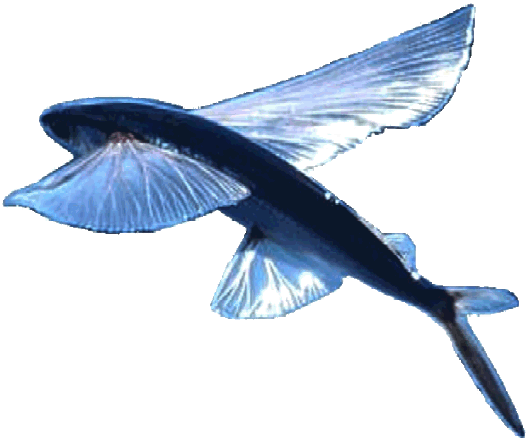
|




